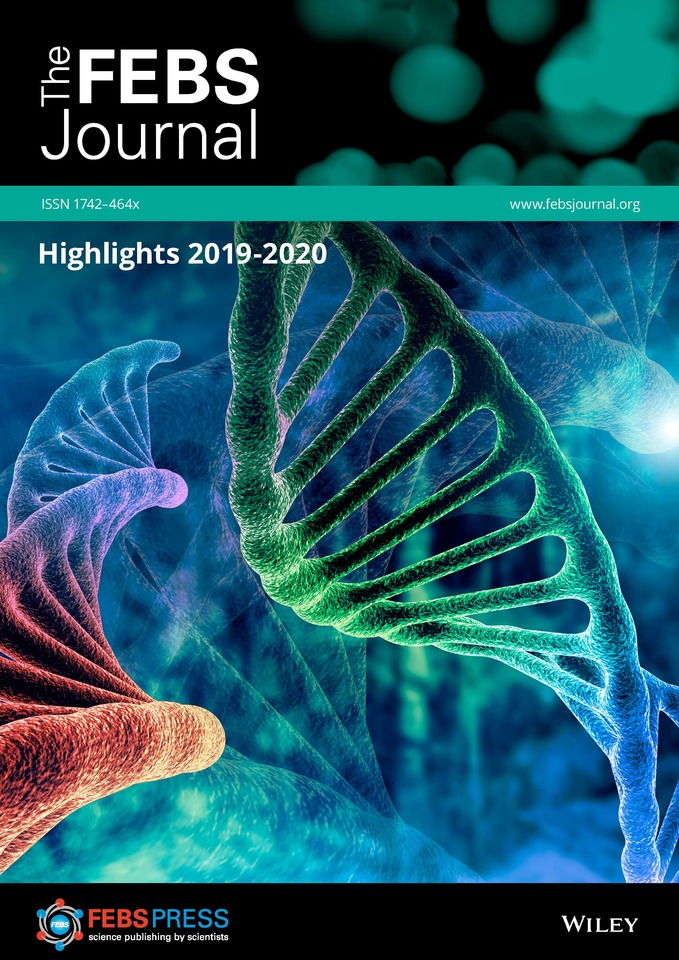Spotlight on The FEBS Journal 2019-2020 research highlights

The FEBS Journal is keen to stimulate scientific discussion across all fields that aim to enhance our understanding of fundamental molecular and cellular processes. This is undertaken by a two-pronged approach in publishing original research articles and several categories of review-type articles.
Here, we will highlight a few of the many outstanding articles brought to the readers in the 2019-2020 Highlights issue. For instance, in the current Highlights issue, the synergy between two blood cell receptors for bacterial phagocytosis in Drosophila melanogaster is featured. This research article brings attention to a novel NimC1 knockout strain and demonstrates the effectiveness of these receptors in bacterial adhesion and phagocytosis as part of the innate immunity toolkit.
Review articles published in The FEBS Journal not only summarise the latest developments in current topics but also discuss unresolved biological questions and unmet biomedical needs. Accordingly, a featured review on endoplasmic reticulum stress signalling provides a historic perspective of the unfolded protein response, integrating the network of intracellular endoplasmic reticulum signalling and tying it with consequences on cellular behaviour and physiology.
Additionally, an objective of The FEBS Journal is to facilitate progress in research with important biomedical insights. A noteworthy example featured in this Highlights issue is the description of the antiproliferative effect of calcitriol (the active vitamin D metabolite) in colorectal cancer patient and healthy individual colon-derived organoids. Using RNA-seq and electron microscopy, calcitriol was also shown to upregulate stemness-related genes in normal organoids whilst a transcriptomic phenotype towards differentiation was seen in tumour organoids along with associated morphological changes. Recognising the outcomes of vitamin D in the gut, the clinical implications of these findings resonate not only in colorectal cancer but also in inflammatory bowel disease.
Protein structure and function go hand-in-hand, since structural information provides unique perspectives towards dissecting function, and this view is reflected via the The FEBS Journal’s Structural Snapshot category. In this Highlights issue, the spotlight was placed on a contribution which brought together demarcated structural aspects of Piezo-1 by cryo-EM and the functional outputs of features elucidated, underlining ion permeation and mechanogating. Cryo-EM was used to resolve the structure of full-length mouse Piezo1 protein and the way this mechanosensitive cation channel protein could employ a lever-like mechanogating mechanism to convert mechanical force into selective cation permeation.
Taken together, these examples summarise the scope and breadth of the different topics you can read about or publish in The FEBS Journal. We invite you to browse our online collections to explore the diversity of research fields The FEBS Journal publishes in.
The Highlight Issue can be read in full in The FEBS Journal: https://buff.ly/2BKO9D6




Join the FEBS Network today
Joining the FEBS Network’s molecular life sciences community enables you to access special content on the site, present your profile, 'follow' contributors, 'comment' on and 'like' content, post your own content, and set up a tailored email digest for updates.